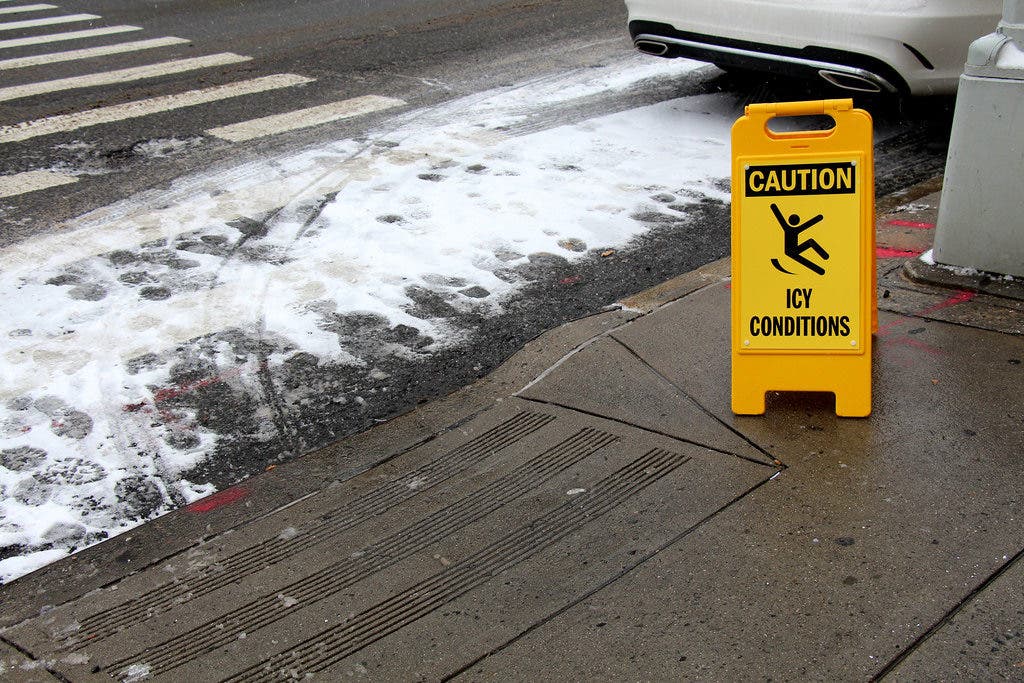New research uncovers why ice is at its slipperiest at -7°C (19.4°F) — its all in the H bonds.
It doesn’t take a Ph.D. to know that ice gets slippery. However, understanding why your foot can’t get a grip on the frigid surface has proven much more frustrating. Our best explanation up to date was offered by John Joly, an Irish physicist and geologists, in 1886. According to his theory, when an object touches the ice surface, local contact pressure can get so high that it forces the ice into a liquid form. This thin coat of water then lubricates the ice, and off goes your foot.
The theory has survived up to today, largely in its original form. The only real amendments researchers have made to Joly’s work up to today is that the melt isn’t caused by localized pressure, but by friction between the ice and an ice skate or the sole of your boot.
Slippery when free
A new paper — published by a research team led by Prof. Daniel Bonn from the University of Amsterdam and Prof. Mischa Bonn from the Max Planck Institute for Polymer Research (MPI-P) — reports that the mechanisms involved are much more complex than so far assumed. Based on macroscopic friction experiments, they write that ice can go from an extremely slippery surface at typical cold temperatures to one with very high friction at -100°C (-148°F).
To see where this temperature-depended slipperiness comes from, the team performed spectroscopic measurements on water molecules on the surface of ice chunks. The results were then compared with computer simulations of molecular dynamics, in an effort to gauge what processes were taking place in this sheet of water.
The team reports that there are two ‘kinds’ of water molecules on the surface of the ice: one that is bound by three hydrogen bonds, and thus immobile; the second type, a mobile one, is only bound by two hydrogen bonds. The latter molecules continuously roll over the ice, like tiny bearing balls, kept in motion by thermal vibrations.
As temperatures increase, fixed water molecules progressively get converted to the mobile kind. In other words, the warmer the ice gets, the more water molecules that are used to create friction start acting like bearing balls instead. The temperature-driven change in the mobility of water molecules on the surface perfectly matches how ice’s friction coefficient changes with temperature — the more mobility at the surface, the lower the friction.
This last piece of evidence led the team to conclude that the mobility of water molecules on the surface — not the presence of the water itself — is what makes ice so slippery.
While surface mobility increases all the way up to ice’s melting point, 0°C (32°F), if you want to go for maximum slippiness, you should aim for -7°C (19.4°F). According to the team, this is the temperature point at which ice’s friction is minimal — it’s also the exact same temperature imposed at speed skating rinks.
Between -7°C and 0°C, the team further explains, any gains in surface water mobility will be offset by the ice becoming softer, causing a sliding object to dig deeper into the ice.
The paper “Molecular Insight into the Slipperiness of Ice” has been published in The Journal of Physical Chemistry Letters.










